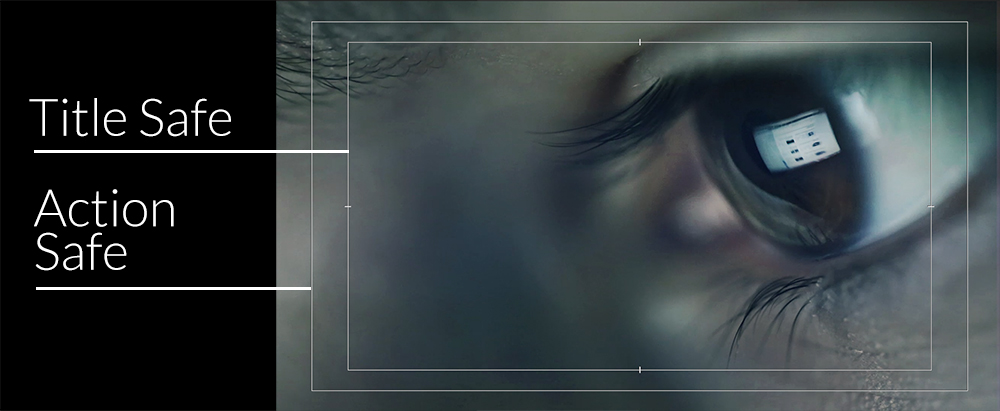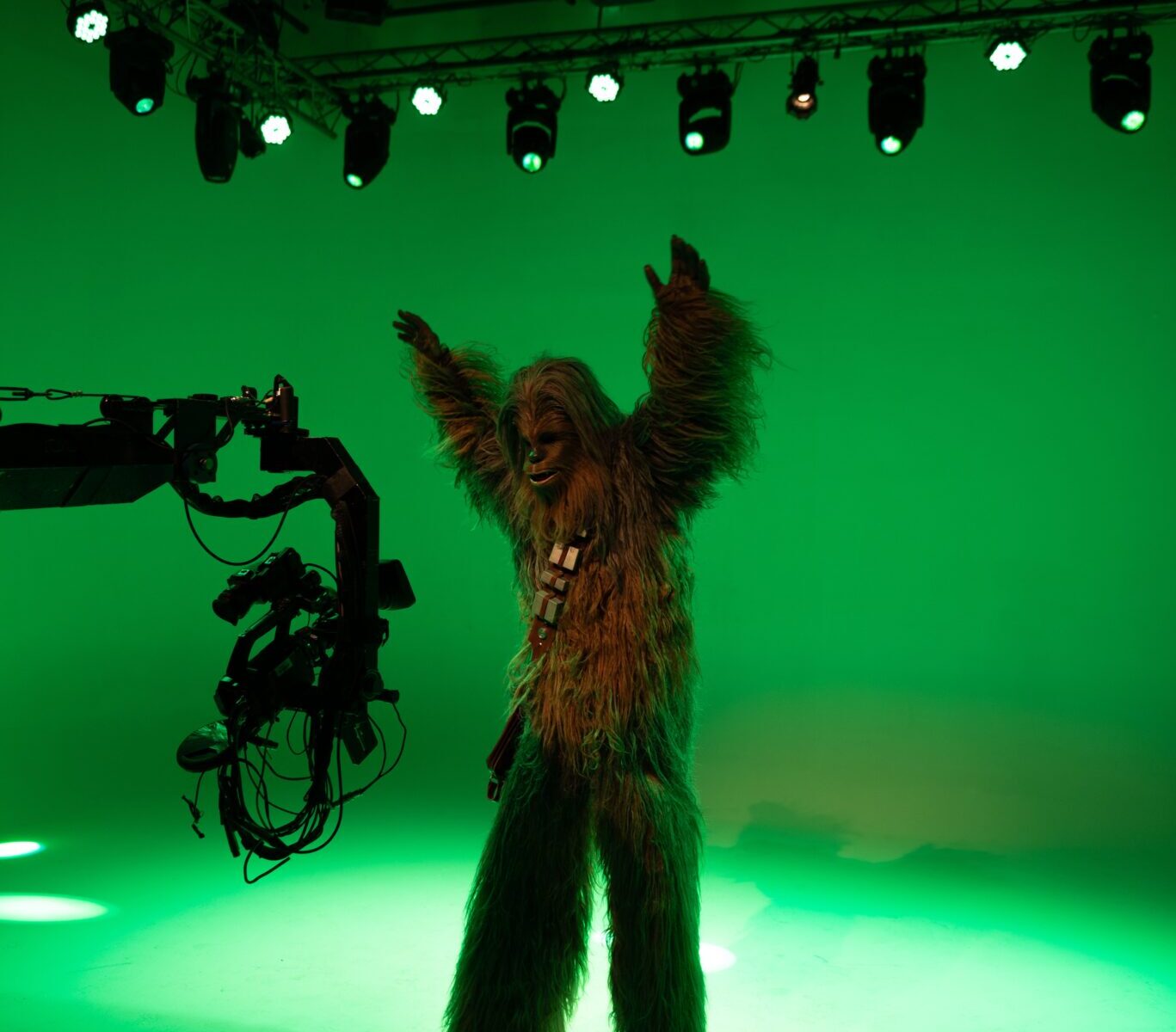Principals of graphics
Aspect Ratio
Aspect Ratio describes the basic shape of the television screen.
4×3 SD
16×9 HD
Regardless of the Aspect Ratio all the important information needs to be in the action safe area or title safe area.

Action Safe / Title Safe Area
Is centered within the TV screen.
All important information must be contained in the action safe area.

Graphics must have readability
Must make sure the lettering is readable.
- Use fonts that are big and bold.
- Arrange area in blocks.
- Use bright colors against subtle and desaturated backgrounds.
Animated Graphics
To capture the viewer’s attention animate titles. Example, make the title zoom in or out, or crawl sideways across the screen etc.
Title Sequences
Standard Video Effects
- Superimposition – Overlay of two images at the same time.
- Wipes – One image replaces the other, there are many styles such as a vertical or horizontal wipe.
- Chroma Key or Green-Screen Technique
Visual effects vs. Special effects.
Special effects and visual effects are often conflated, but they are different. While there are further subcategories, special effects are often practical, meaning that they are artificially created on set (for example, a controlled explosion in an action scene). Visual effects, on the other hand, are created in post-production or the editing bay.
Special effects often require specialized equipment, trained professionals, and careful choreography, which can be challenging for many new filmmakers. Visual effects, on the other hand, open boundless visual possibilities to a filmmaker, the only limit being technical competence and creative vision.
Green Screen
This word technically refers to the colorful backdrop you desire to make translucent and eliminate from an image. This is often a single-colored backdrop, which can be any hue but is commonly bright green because it is the color most contrasting to human skin tones. (Blue screens were widely employed in the early days of film and may still be utilized in some cases.)
Chroma Key
This widely recognized phrase is synonymous with green screen. It is the process of layering or composing multiple images depending on color hues. Green or Blue backgrounds are replaced by the keyed background image.
Chroma Keys are often used to simulate backgrounds. Additionally, users may utilize the tool to eliminate a certain color from a picture or video, allowing the clip’s erased segment to be replaced with an alternative visual.
Computer-generated imagery or CGI
Is a large portion of what we perceive as the 3D computer graphics of video games, movies, and TV shows. CGI can create characters, scenes, backgrounds, special effects, and entire animated films. In a film project, computer-generated images are part of the visual effects or VFX department.
Virtual Production / Unreal Engine
Virtual production blends real and virtual filming techniques to generate cutting-edge media. Teams employ real-time 3D engines (game engines) to create photorealistic sets, which are then shown on giant LED walls behind actual sets utilizing the game engines’ real-time rendering capabilities. The cameras are synchronized with the game engines to improve realism and depth of view. Virtual production teams can create virtual worlds and characters to be displayed on large LED screens.
Virtual cameras and green screen live compositing give contributors a window into virtual environments, allowing them to see precisely what they are capturing. LED walls show directors and performers what the set looks like, both visually and in-camera. (There are two key advantages to having images projected on LED displays behind the actors: the lighting it casts on the front set and actors is more realistic, and the actors can respond to the scene more genuinely.)
See how a short film called Evenveil utilizes VFX.

